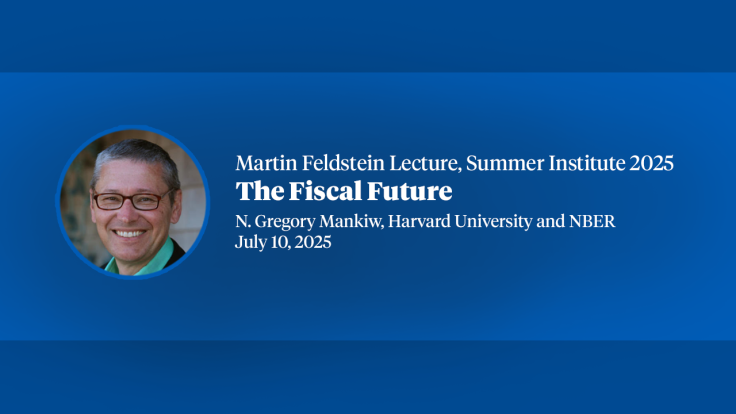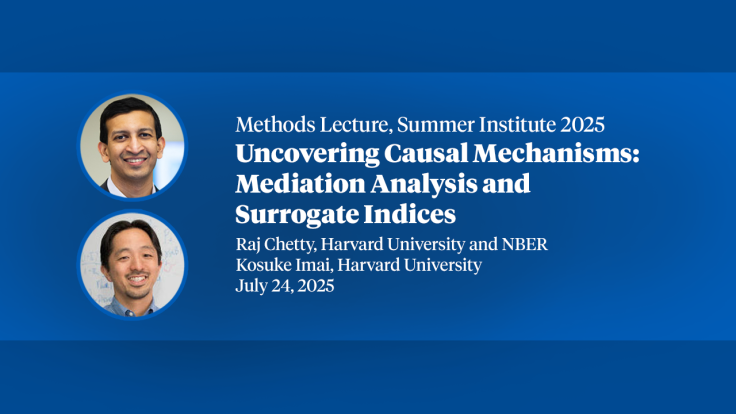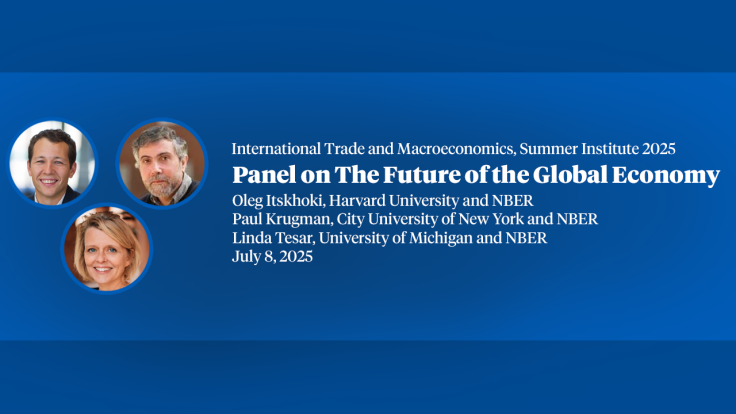Exchange-Rate Dynamics and Optimal Asset Accumulation Revisited
It has recently been observed that when equations of motion for state variables are nonautonomous, optimal control problems involving Uzawa's endogenous rate of time preference cannot be solved using the change-of-variables method common in the literature. Instead, the problem must be solved by explicitly adding an additional state variable that measures the motion of time preference over time. This note reassesses earlier work of my own on exchange rate dynamics, which was based on a change-of- variables solution procedure. When the correct two-state-variable solution procedure is used, the model's qualitative predictions are unchanged. In addition, the analysis yields an intuitive interpretation of the extra co-state variable that arises in solving the individual's maximization problem.
-
-
Copy CitationMaurice Obstfeld, "Exchange-Rate Dynamics and Optimal Asset Accumulation Revisited," NBER Working Paper t0064 (1988), https://doi.org/10.3386/t0064.Download Citation


